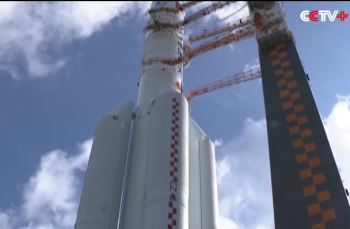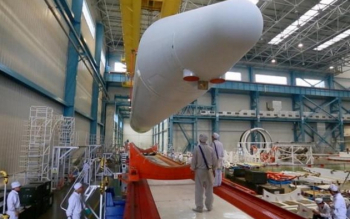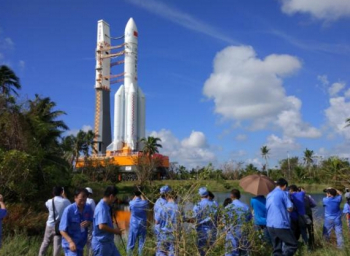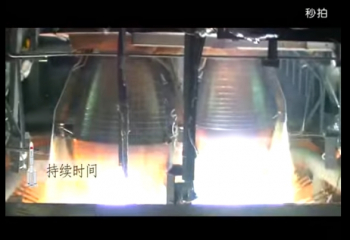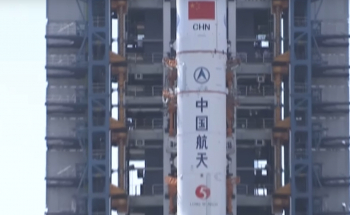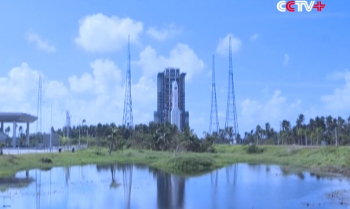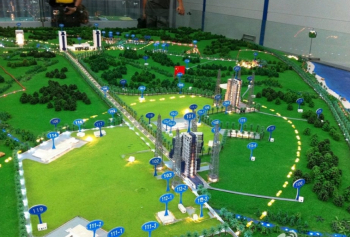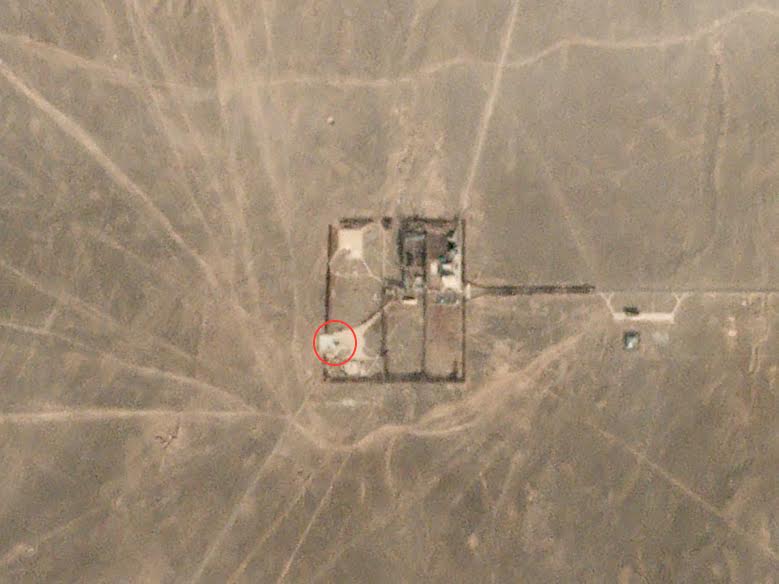- Joined
- Apr 29, 2015
- Messages
- 18,416
- Likes
- 56,946
Well, ISRO has once expressed interest in asteroids, a similar mission like ESA's Rosetta.china is going for orbital solar station becasue they probably have used almost all of thier energy resource .nothing willl be left for tem by 2030-35.. so its their compulsion.
We have still to harness our available energy resource-like Thorium..
i dont think ISRO has anything in mind for asteroid mining but one thing is sure moon mining is on our mind and thats the purpose of chndrayaan future missions..
one thing we need ASAP , a heavy lift rocket.. lifting capability is the first limitation in space exploration .first clear this hurdle.. GVT should now prioritize HLV,ULV rockets.. make it a reality by 2022..
http://m.indiatimes.com/news/india/...sit-venus-and-explore-an-asteroid-234816.html
But as far as mining is concerned, China has a deeper pocket than us.
We are well behind economically.
We have just sustained higher growth for some years and have to do for at least a decade till our economy gives us chance to think of such missions.
I'm very optimistic about GST bill and 13th 5 years plan.
From now to 2030,
Our growth can slow down to make us mere $6-7 trillions economy, we can continue current pace to reach $10 trillions, or Modi's target($10 trillions for year 2026), and double digit growth rate giving us $12-15 trillions economy.
Though given China's declining and our rising population and GDP growth.rate z we will undoubtedly biggest economy by end of century, but that's too late, and I would not alive there at first place to see anything.
Last edited:
















